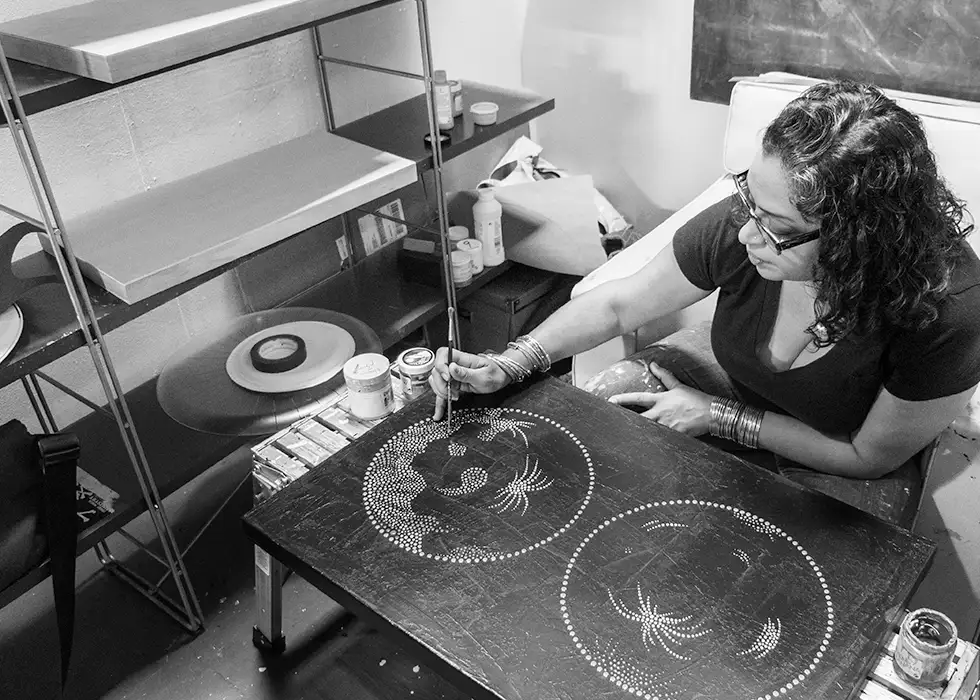6 Simple Steps to Learn How to Budget
If your monthly expenses are equal to or exceeding your monthly income, it’s probably time to look at some budgeting tips.
Having a sound budget in place can ease stress and set you up for financial success. Budgeting properly can help you start saving for the important things in life, like an emergency savings fund, college, buying your first home, and a comfortable retirement.
Here are 6 simple steps you can take to learn how to set up a budget.
1. Know what you make each month
The first lesson in budgeting 101 is to find out exactly what you have to spend each month. This is called your net income.
Your net income is what you have left after taxes, Social Security, 401(k) contributions, and any other automatic deductions from your paycheck.
Don’t just divide your annual salary by 12 to figure out what you can spend each month. This number will not be accurate, and your budget won’t work.
Your net income is listed on each paycheck, or if you set up direct deposit, it’s the amount deposited in your account each pay period. Use that number to set up a budget. It could be a monthly, bi-weekly, or weekly budget. Whatever works for you!
2. Know your spending habits
To start, you’ll need to track, categorize, and prioritize your spending. Once you know where your money is going each month, you’ll be able to make adjustments.
Spending categories include:
- Fixed These are typically expenses you have to pay each month. They include rent or mortgage, utilities, car payments, and so on.
- Variable expenses. These expenses may change slightly each month. They could include things such as groceries and gas. This category also includes expenses you have to make each month.
- Miscellaneous expenses. Think of these expenses as the “treat yourself” purchases. They could include entertainment (such as streaming services or a night at the movies), dinner at a restaurant, a latte from a coffee shop, and any impulse purchases you make.
Once you’ve tracked and categorized your expenses, it’s time to prioritize them. Fixed expenses come first, followed by variable, with miscellaneous coming in last.
3. Know your goals
Now you know where your money is going each month. Before you sit down and start setting up a budget, motivate yourself by figuring out your financial goals.
Think of your financial goals in terms of short-term and long-term.
Typically, short-term goals should be ones you can reach in a year or so, such as paying off loans or credit card debt.
Long-term goals, such as paying off your mortgage or saving for retirement, may take many, many years to reach.
Remember, your financial goals aren’t set in stone. Life happens and things change, so allow yourself to be flexible and adapt.
4. Know your plan
So you know your monthly net income, you’ve tracked, categorized, and prioritized your expenses, and you’ve set some short and long-term goals. It’s time to set up a budget!
Factoring in your fixed expenses is easy, as they don’t change from month to month. To figure out your variable expenses, look at your past spending habits. For instance, look at your grocery bills for the past few months and get an average. Start with that average in your budget (you can always adjust later).
Now look at what you have left over. How much should go to miscellaneous expenses and how much should go towards your financial goals?
Achieving your short and long-term goals is important but remember not to be too frugal. You deserve to have some luxuries, and you may get burned out and frustrated if you eliminate too many or all of them.
5. Know when you need to adjust
After your budget is in place, it may take a few months to see if it’s working for you. Don’t worry if it’s not!
For a lot of people, it takes a few tries to nail down the perfect budget for their wants, needs, and goals. Life happens and things change, so it’s not uncommon to tweak things here and there over time.
If your budget isn’t helping you reach your goals, you’ll want to look at miscellaneous expenses first. Are these things you really, really need? Or just things you really, really want? Remember, you might have to cut some now, but you can always add them back in later if things change.
6. Know when to check in
Review your budget often. Make adjustments to the categories and how much money is going towards each.
If you take a pay cut, take a hard look at the miscellaneous category. If you get a raise, think about adding that extra money towards your financial goals.
Check in on your short and long-term goals too. Track your progress, add goals, and, most importantly, celebrate the wins! After all, this is why you set up a budget in the first place.
We're here to help you learn how to budget and reach your financial goals
Taking the time to set up a sound, successful budget may seem intimidating at first. These 6 simple steps should help you get started.
Establishing and sticking to a budget is one of the most important things you can do for you, your family, and your future.
Our learning center is a great place to start if you want to educate yourself before making a financial decision. If you are thinking about making some changes to your finances, don’t hesitate to contact us.




